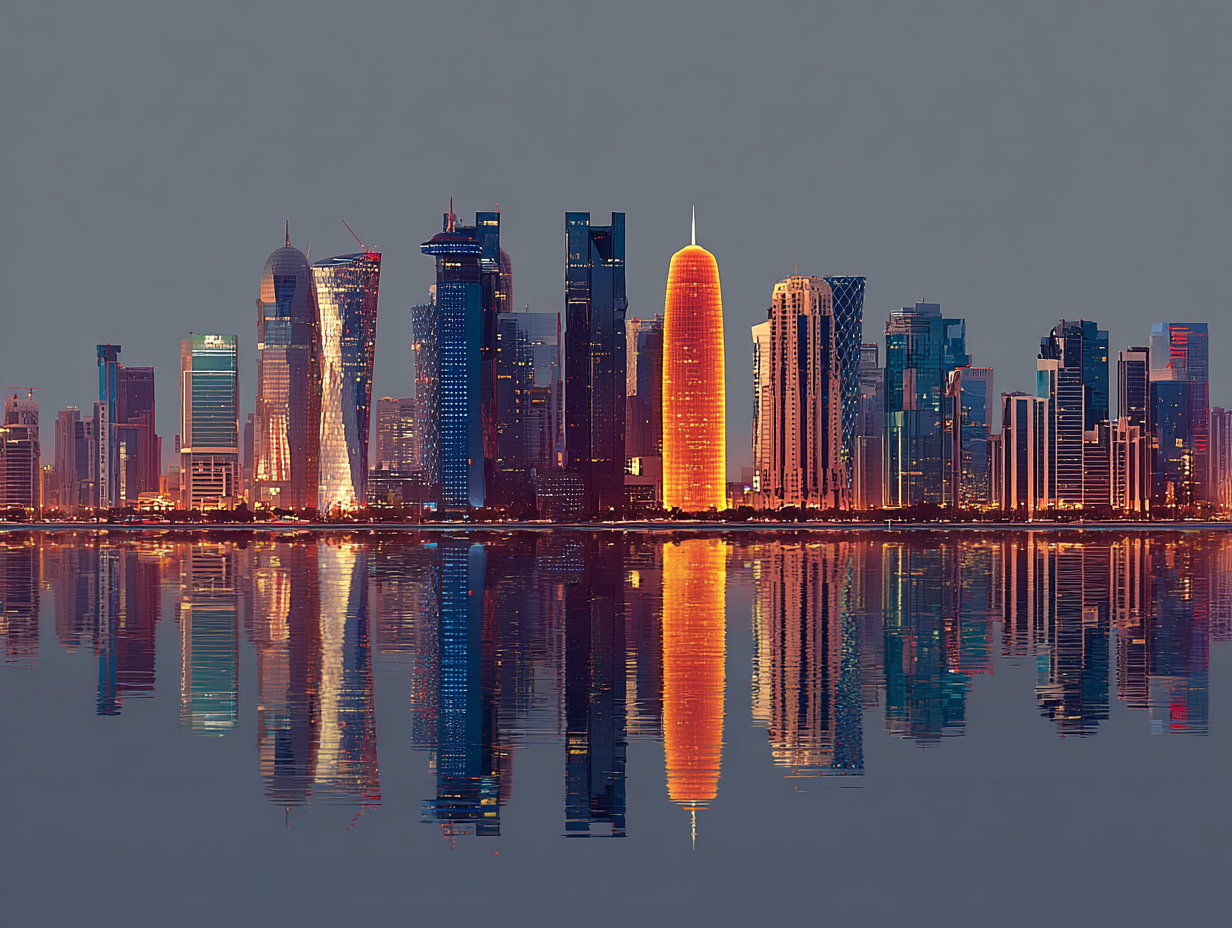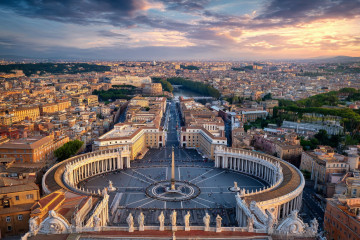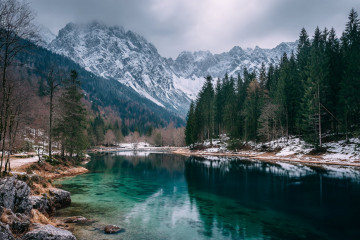International travel didn’t just bounce back in 2024, it boomed in several parts of the world, and there are abundant reasons. According to the UN World Tourism Organization (UNWTO), many countries saw such strong tourism demand that they exceeded visitor arrival numbers from 2019.
As per the latest World Tourism Barometer from UN Tourism, an estimated 1.4 billion international trips were recorded in 2024, marking a near full recovery of pre-pandemic levels at 99%. This was 11% higher than 2023, equal to 140 million additional travelers, fueled by pent-up demand, strong performance from major source markets, and the rebound of destinations across Asia and the Pacific.
The momentum is expected to carry into 2025, with strong demand continuing to power the socio-economic growth of both established and emerging destinations. At the same time, the sector faces a clear responsibility: to transform tourism with people and the planet at its core.
Here are 10 standout nations where growth was not just recovery, it was exponential.
Qatar (+137%)
This destination saw tourist arrivals increase to more than double as compared to 2019. The boost is linked to massive events and infrastructure development, leading to the most dramatic resurgence among all reported countries. From the futuristic skyline of Doha to desert safaris and luxury beach resorts, this place also served as a major stopover hub.
El Salvador (+81%)
El Salvador managed to welcome 81% more tourists than in 2019, which is also an extraordinary leap for a country as small as this. Surfers flock to its Pacific coast for world-class waves, while history buffs are there to explore places like Mayan ruins, and more. Also, its compact size makes it easy to combine culture, adventure, and natural beauty in one trip.
Albania (+80%)
This scenic Balkan gem witnessed a growth of tourist arrivals of around 80% above pre-pandemic levels. Do visit the pristine Albanian Riviera which has been drawing comparisons with Greece and Croatia, but with fewer crowds.
Saudi Arabia (+69%)
Saudi Arabia’s arrivals soared 69% above 2019 which was boosted by cultural festivals, new visa policies, and its evolving global image. Travellers have heritage sites like AlUla and Diriyah to explore, alongside the futuristic megacity projects rising in the desert.
Ethiopia (+40%)
Ethiopia’s tourism sector rebounded strongly, which witnessed rising international arrivals by 40% over pre-pandemic totals. There are rock-hewn churches of Lalibela to the wildlife of the Simien Mountains, people have unmatched options to explore when here.
Morocco (+35%)v
Known for its rich history and diverse landscapes, Morocco attracted 35% more tourists than it did in 2019. Marrakesh and Fez still dazzle with their souks and medinas, while the Sahara beckons with camel treks and starlit camps. Adventure travelers are also turning to the Atlas Mountains for trekking and skiing.
Colombia (+37%)
Colombia embraced tourism with gusto, registering a 37% increase over its 2019 visitor count. Medellín and Bogotá have transformed into creative, vibrant cities, while Cartagena’s colonial charm continues to lure international travelers. The country’s biodiversity also makes it a paradise for birdwatching and eco-tourism.
Andorra (+35%)
This Pyrenean microstate in Europe saw arrivals climb 35% above pre-pandemic levels, showing resilience despite its size. Known for skiing and duty-free shopping, it’s a winter wonderland for Europeans. In summer, its mountain trails attract hikers seeking high-altitude escapes.
Malta (+29%)
The Mediterranean island country of Malta welcomed 29% more international visitors than in 2019. Its sun-soaked beaches, baroque architecture, and Game of Thrones filming sites draw culture lovers and beachgoers alike. The island also shines with festivals celebrating food, history, and music.
Serbia (+29%)
Serbia charted a 29% rise in tourism arrivals compared to 2019 figures, boosting its presence on the global travel map. Belgrade’s nightlife and riverfront scene make it a rising European capital of cool. Meanwhile, Novi Sad and the Danube region offer cultural festivals and scenic wine routes.



